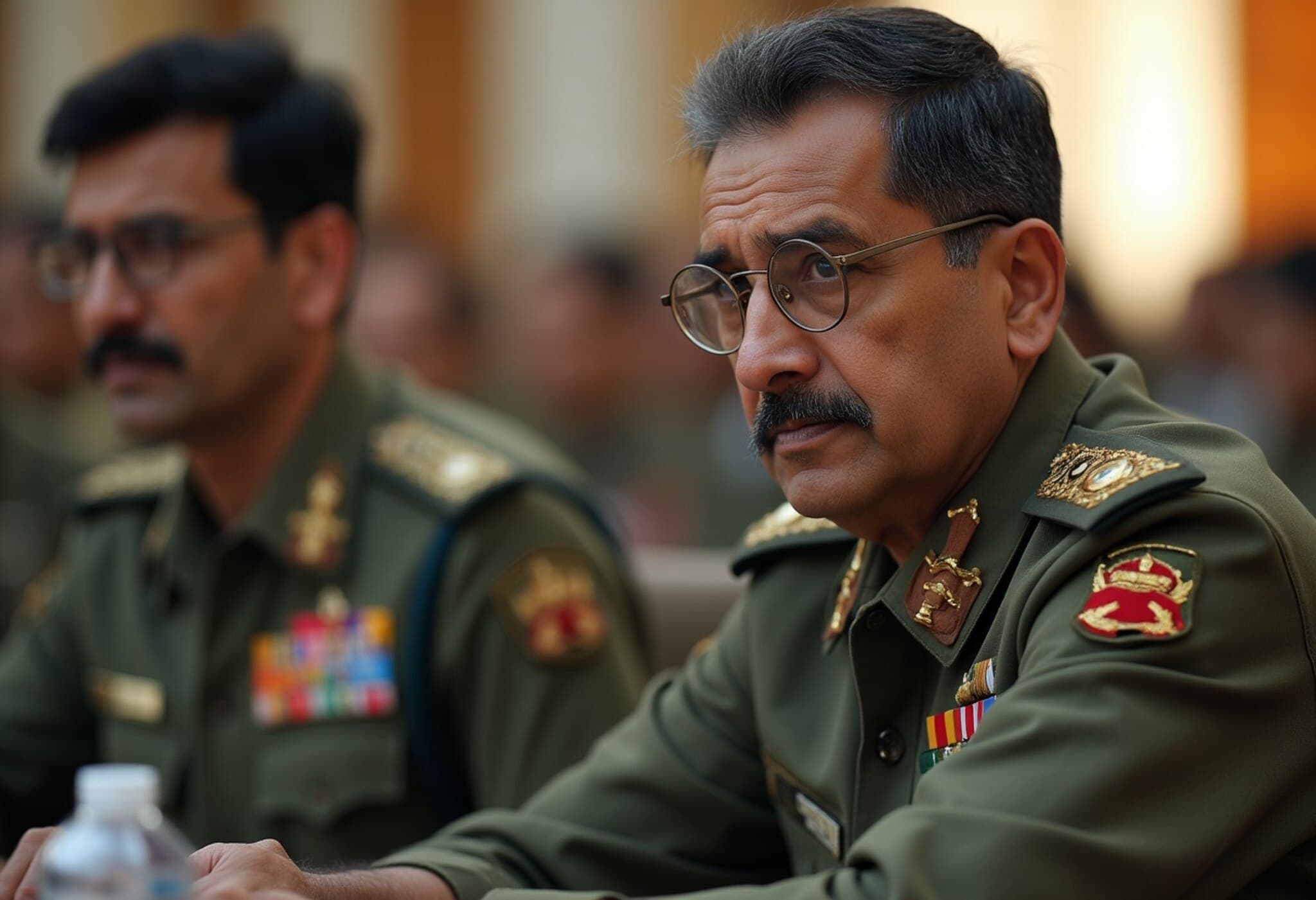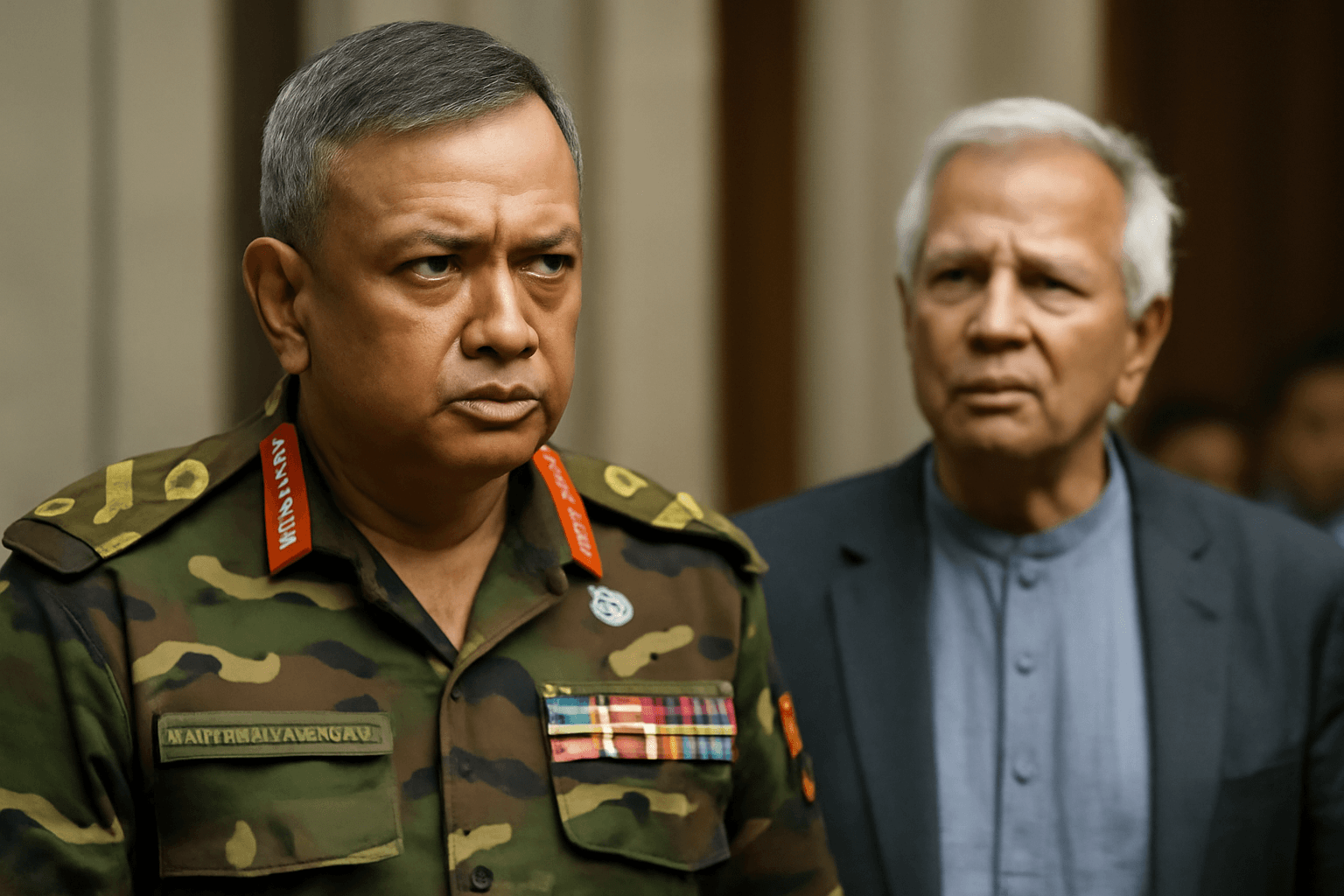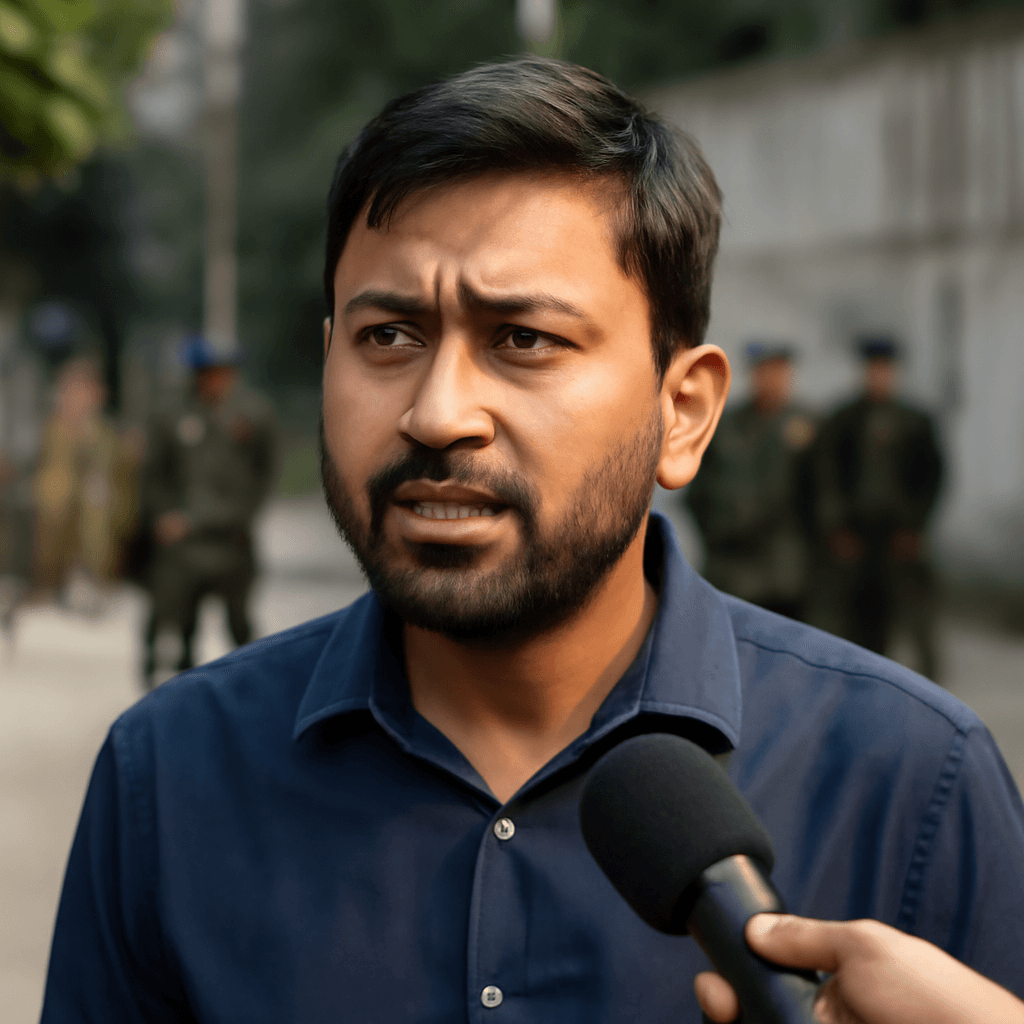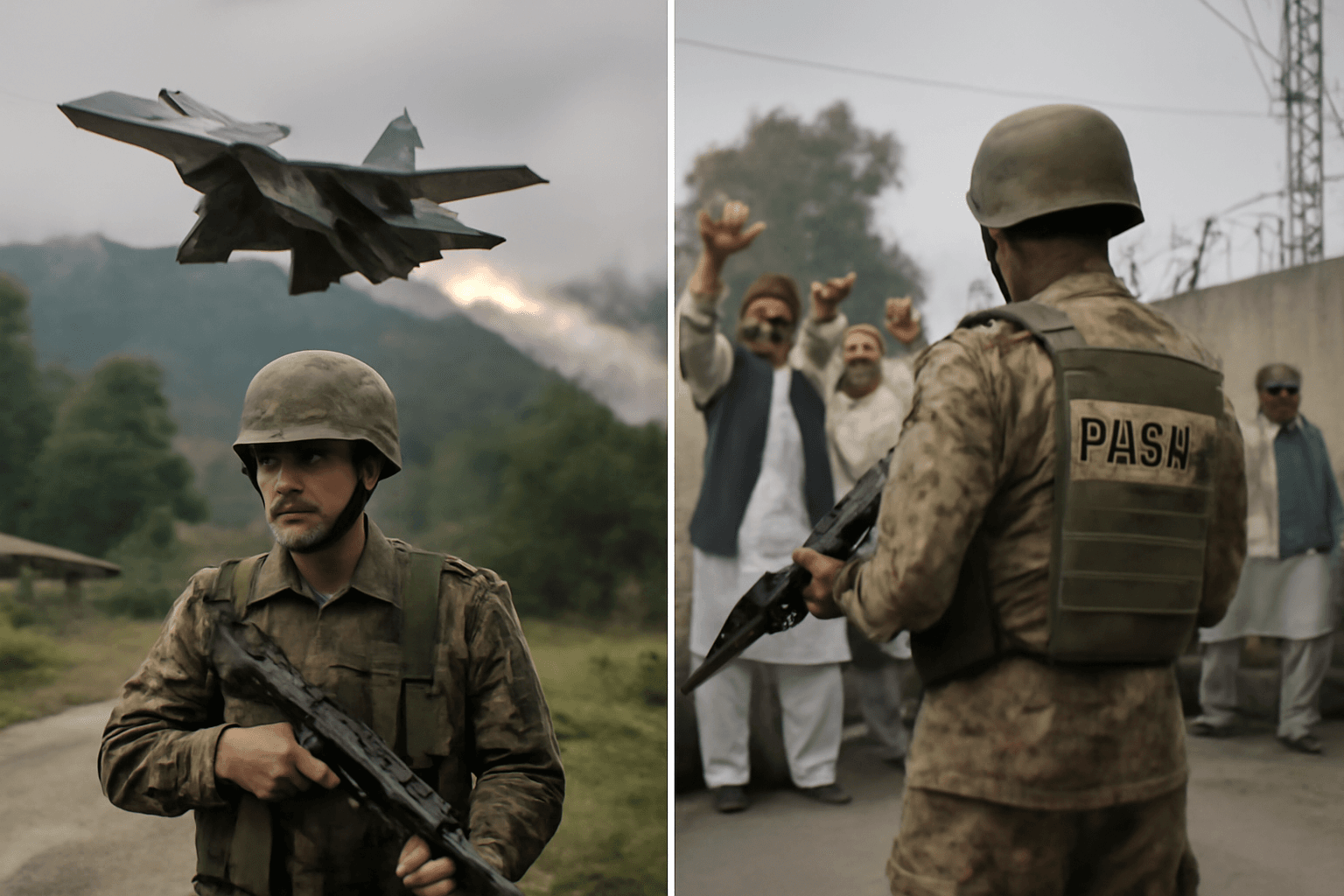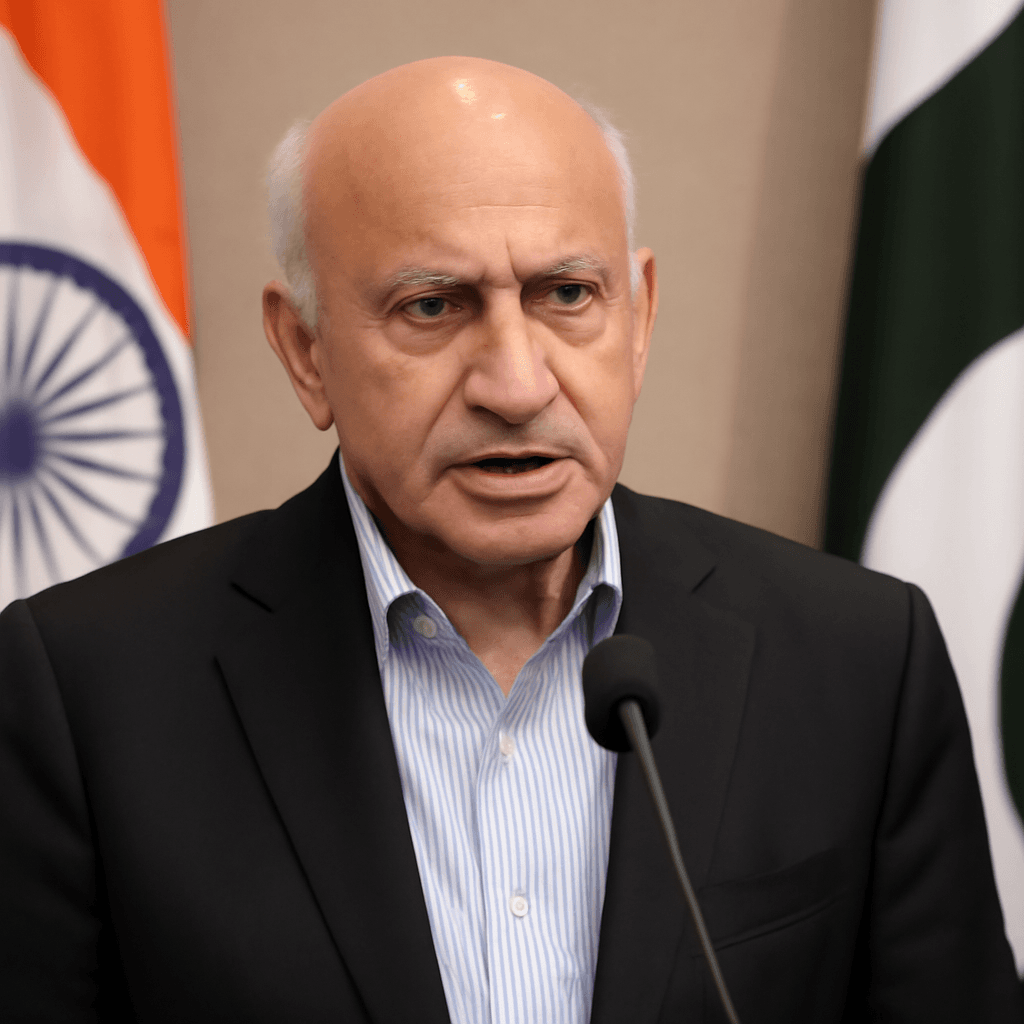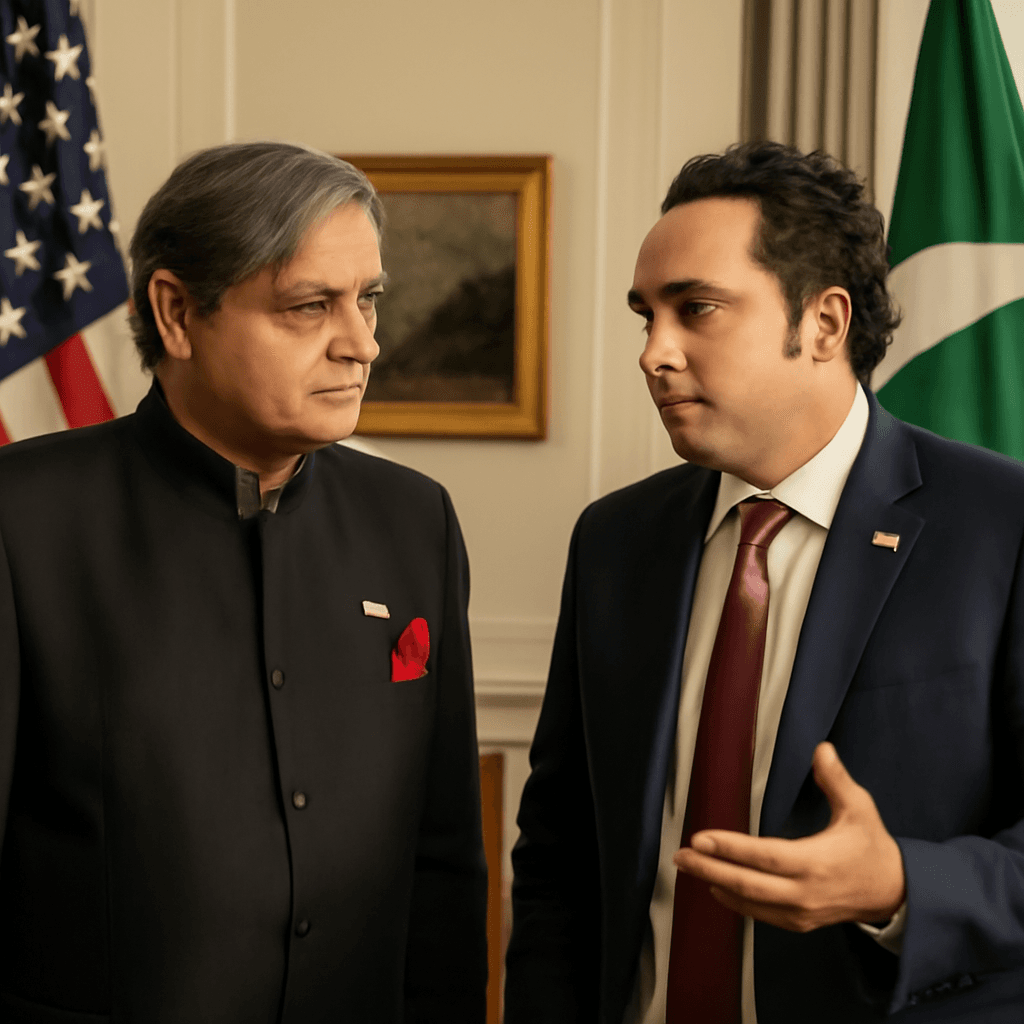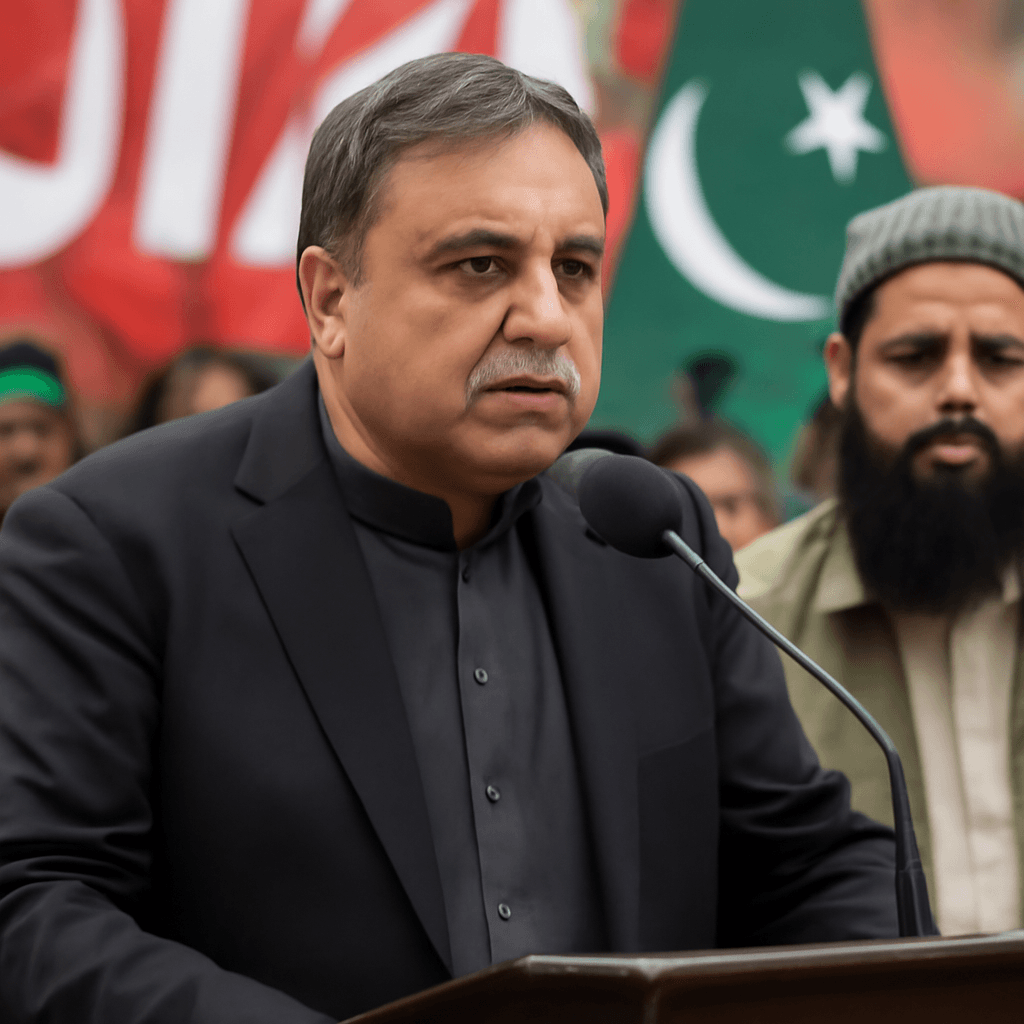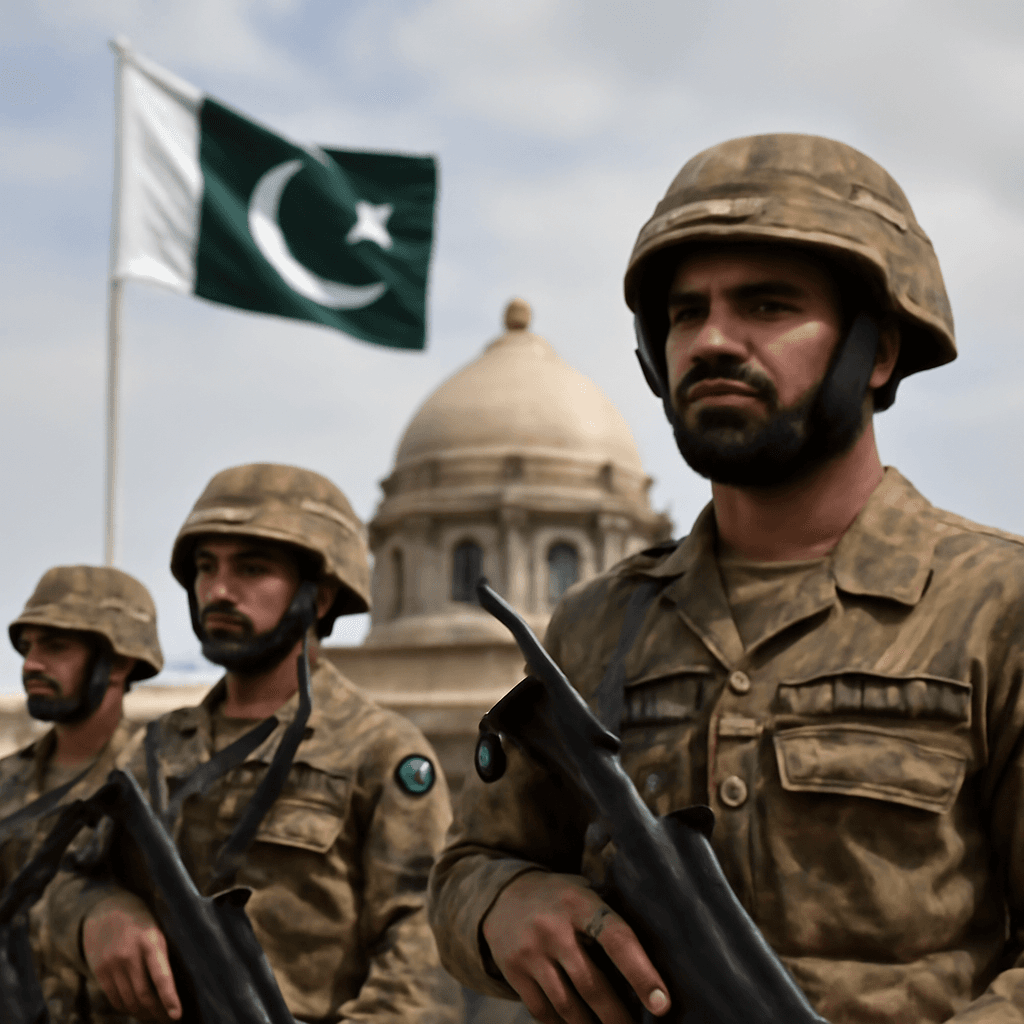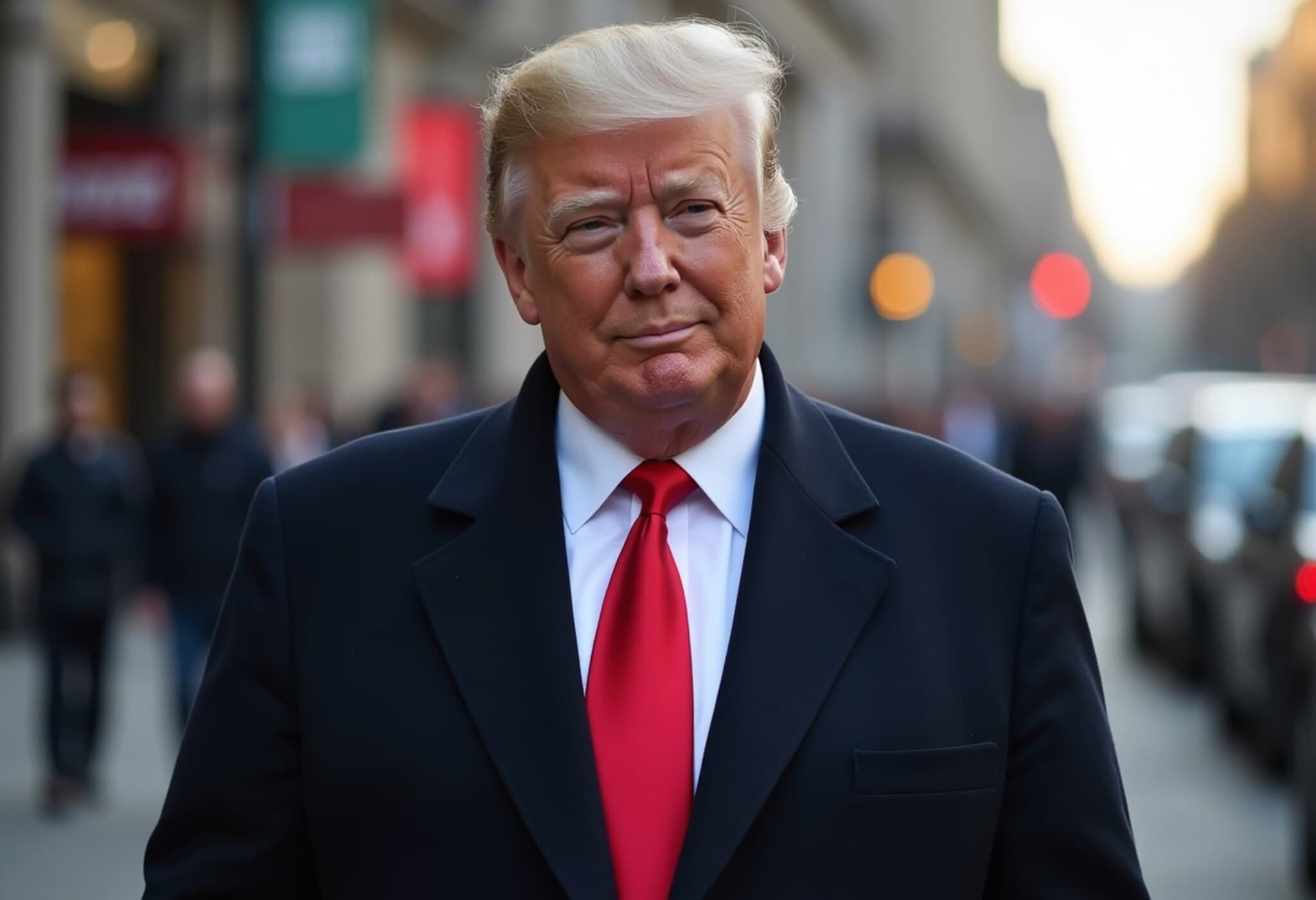Insight into the Unforgettable Kargil War Ceasefire Dialogue
In the summer of 1999, amid the tense backdrop of the Kargil conflict between India and Pakistan, a discreet yet telling interaction unfolded that subtly revealed the undercurrents of defeat and diplomacy. During a breakthrough meeting between the two countries’ Director Generals of Military Operations (DGMOs), then-Pakistani DGMO Lt Gen Tauqir Zia’s unexpected behavior painted a vivid picture of his nation’s struggle in the war.
Solo Visit and Stark Admission
Lt Gen Nirmal Chander Vij, India’s DGMO at the time, along with Brig Mohan Bhandari (deputy DGMO), traveled to Attari from Delhi on July 11, 1999, to engage in direct talks with his Pakistani counterpart. What caught their attention was that Lt Gen Tauqir Zia arrived alone—unusual protocol for such sensitive military meetings.
Brig Bhandari later recounted, “I asked him, ‘How come you are alone?’ He replied with a resigned tone, ‘Miyan Saab ne joote khane ke liye akele bhej diya,’” a colloquial expression meaning he was sent alone to ‘take the blows.’ The ‘Miyan Saab’ here referred to Pakistani Prime Minister Nawaz Sharif, signaling a larger political narrative entwined with military strategy.
The Weight of Defeat and Reluctance
This isolated presence underscored Pakistan’s precarious position in the conflict. The Indian side’s controlled formality compelled Zia to summon three officers from the Pakistan Rangers stationed nearby to honor standard protocol. However, the Indian delegation deliberately delayed the meeting start by 10 minutes — a subtle message borne from frustration over Pakistan’s conduct during the war.
Directives and Defiance
During the three-hour meeting, the Indian DGMO detailed the terms for Pakistan’s complete withdrawal beyond the Line of Control (LoC), emphasizing clear protocols including refraining from laying landmines during retreat. Zia and his delegates listened silently, taking notes, acknowledging their tactical disadvantage with no objections as the losing party.
Yet, the adherence to these terms was far from smooth. Pakistan continued aggressive skirmishes and violated withdrawal conditions, particularly with landmine placements, intensifying the conflict’s dangers and protracting hostilities.
The Conflict Delayed and Lesson Learned
This flagrant disregard prompted the Indian Army to conduct intensified artillery shelling from July 15 through 24, compelling Pakistan to finally withdraw fully by July 25, officially ending the conflict. Lt Gen Bhandari reflected poignantly that “The war could have ended by mid-July had Pakistan accepted the conditions without further violence.”
Broader Implications and Reflections
Beyond recounting a historic military meeting, this narrative illuminates the complex interplay between political directives and military realities during high-stakes conflicts. The singular image of a solitary Pakistani DGMO—sent to 'take the blows' alone—humanizes the often abstract tensions, reminding us of the personal and national stakes behind diplomatic dialogues.
For policymakers and military strategists today, this episode offers a cautionary tale on the costs of undermining ceasefire protocols and the critical importance of sincere dialogue in de-escalating conflicts swiftly.
Editor’s Note
The Kargil War remains a significant chapter in South Asian history, reflecting the fragile peace and intermittent hostilities that characterize India-Pakistan relations. This revealing exchange between the DGMOs reflects more than military strategy—it exposes the human dimension of conflict and the essential role of candid communication.
As current tensions persist in the region, revisiting such moments offers valuable lessons on how respect for dialogue frameworks and earnest conflict resolution can prevent protracted violence. Readers are encouraged to ponder: How might modern diplomatic and military leadership foster greater transparency and trust to avoid repeating painful historic mistakes?

